Optimisation models for design and operation scheduling of photovoltaic systems/ microgrids and other RES power plants, including in particular biomass and biogas, is in the focus along with the development of mathematical and computer models for simulations of power plants on RES, studies on the impact of RES on the power grid and protection settings, their integration in smart grid, as well as measures for energy efficiency increase and application of efficient technologies in lighting and building energy management systems (BEMS).
Laboratory for Renewable Energy Sources is established in 2014 at the Department for Power Engineering of FERIT Osijek. More info on: reslab.ferit.hr.
Co-operation with industry includes:
- designing, technical analysis and assistance, supervising and managing energy power plants both small renewable and conventional,
- designing, parametring, bringing into operation and maintaining intelligent electrical installations KNX/EIB in civil engineering, conducting technical-economic analysis and cost-effectiveness studies for energy power plants,
- designing Sustainable Energy Action Plan (SEAP) and energy consumption balance for the needs of industry, local self-government and private users, energy examinations and reviews, conducting analysis and energy efficiency studies, and issuing energy certificates in civil engineering,
- planning, designing and providing technical assistance regarding energy efficiency.
Technical solution: Residential scale PV research power plant and measurements of regional climate and weather conditions as well as eletrical characteristics of 5 different PV technologies
Project title: Photovoltaic Systems as Actuators of Regional Development (REGPHOSYS )
Residential scale PV research power plant was established in 2014 within IPA CBC Croatia-Hungary REGPHOSYS (Photovoltaic Systems as Actuators of Regional Development) project with overall objectives of development of optimal photovoltaic system configuration for climatic conditions of the cross-border region and investigating the impact of photovoltaic systems on the electrical power system, economics and environment. During the project a common knowledge database about area characteristics significant for application of photovoltaic systems was developed and cross-border innovation network of research teams for development of photovoltaic systems was established. Furthermore, photovoltaic system were optimized for climatic conditions of the project impact area in terms of selecting solar cells technology and inverter topology
As a result of research activities an online data base with measurements of regional climate and weather conditions as well as eletrical characteristics of 5 different PV technologies (mono and poly cristalline Si, amorpouhs Si, HTJ and CIS) together with electricity production from 10 kW research power plant consisting of two 5 kW arrays (mono and poly cristalline Si).
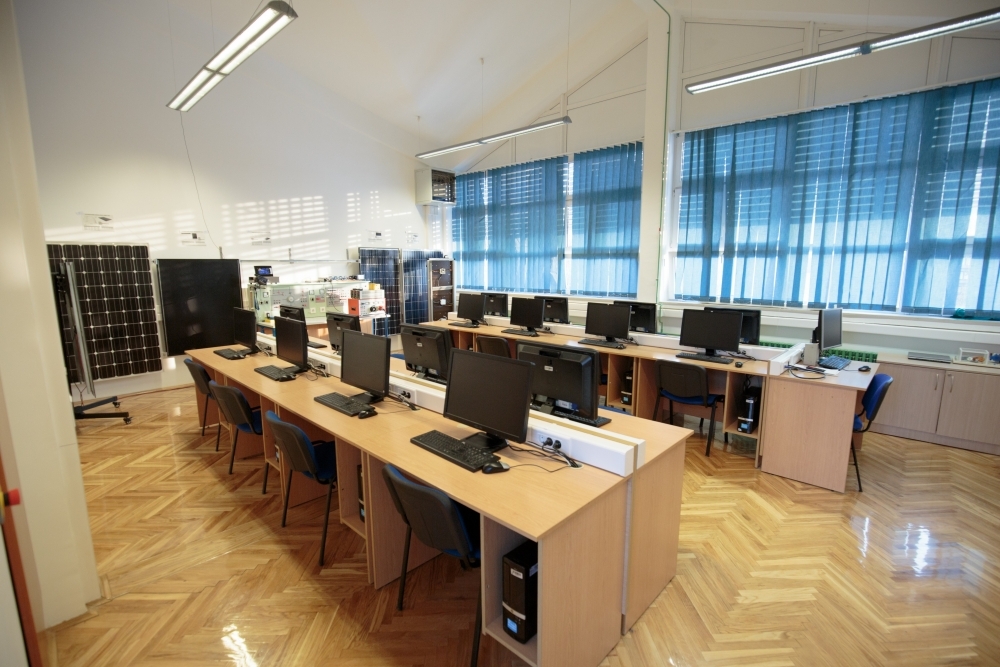
Figure 1 Laboratory for RES
Based partially on the activities of the FERIT RESLab research team in 2017 the Research Group for Advanced Power Technologies and Systems is established. Current research is focused in several projects and technical solutions, as follows.
Technical solutions: FERIT hybrid PV-based microgrids with smart building energy management system (BEMS)
Project title: Renewable Energy Sources for smart sustainable health Centres, University Education and other public buildings (RESCUE)
Within the RESCUE project, two FERIT buildings are realized as PV-based microgrids equipped with SCADA for optimal energy management. The installed power of the generation systems in Trpimirova street is 95 kW while the installed power of the generation systems in Cara Hadrijana street is 40 kW. The hybrid energy storage system consists of five 5 kW hybrid inverters equipped with PVs and lithium-ion battery packs with a total installed capacity of 46 kWh. Building a power system enables islanded operation of a part of the building microgrid. The FERIT building energy management systems continuously monitor meteorological parameters at the micro-location of the FERIT buildings. Furthermore, electricity generation by the renewable energy systems, building consumption and power quality are monitored within smart buiding energy management system (BEMS).
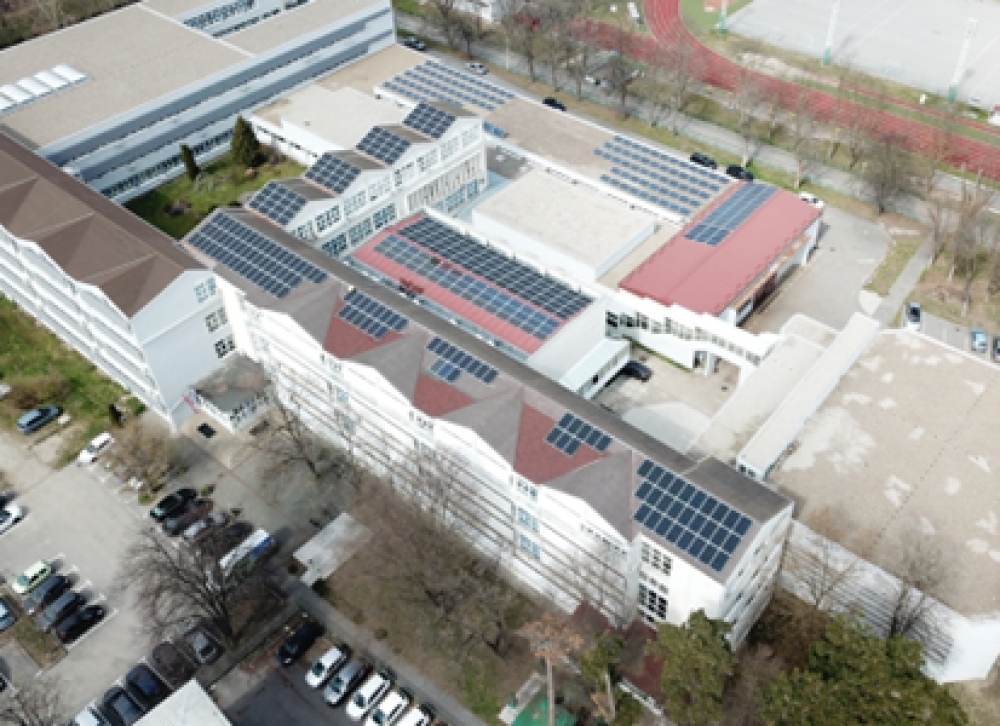
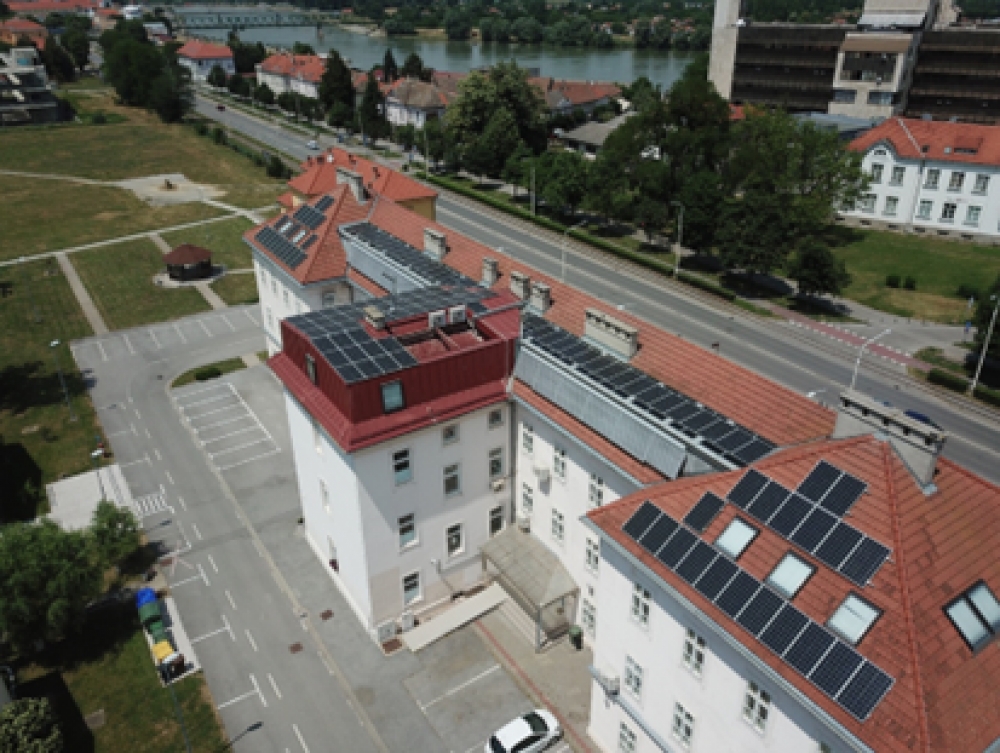
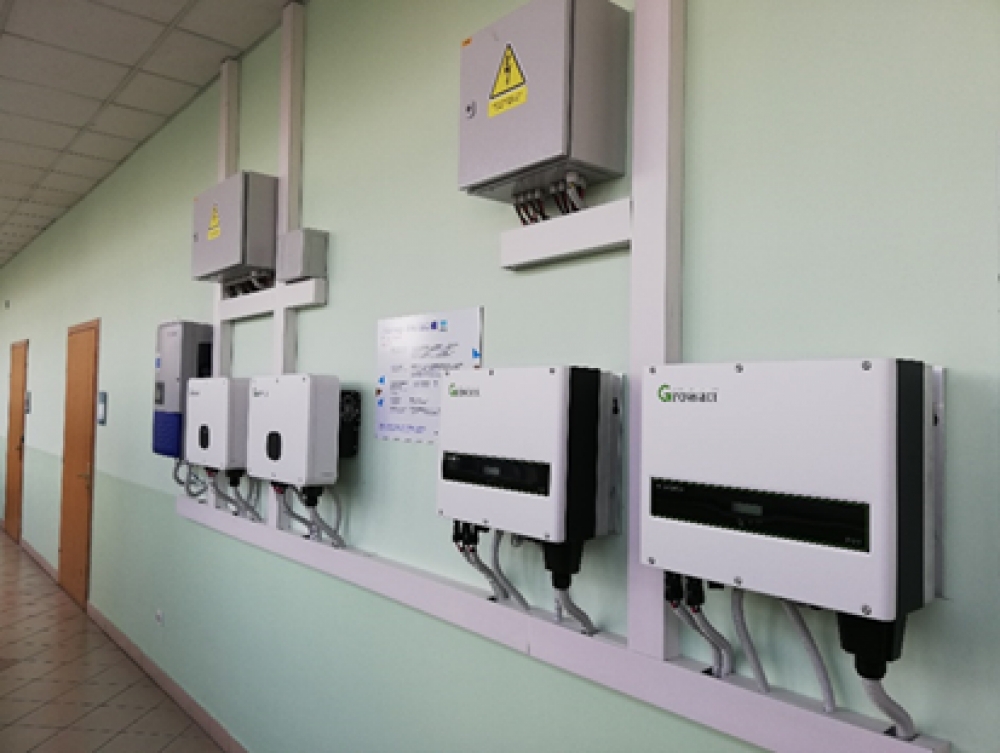
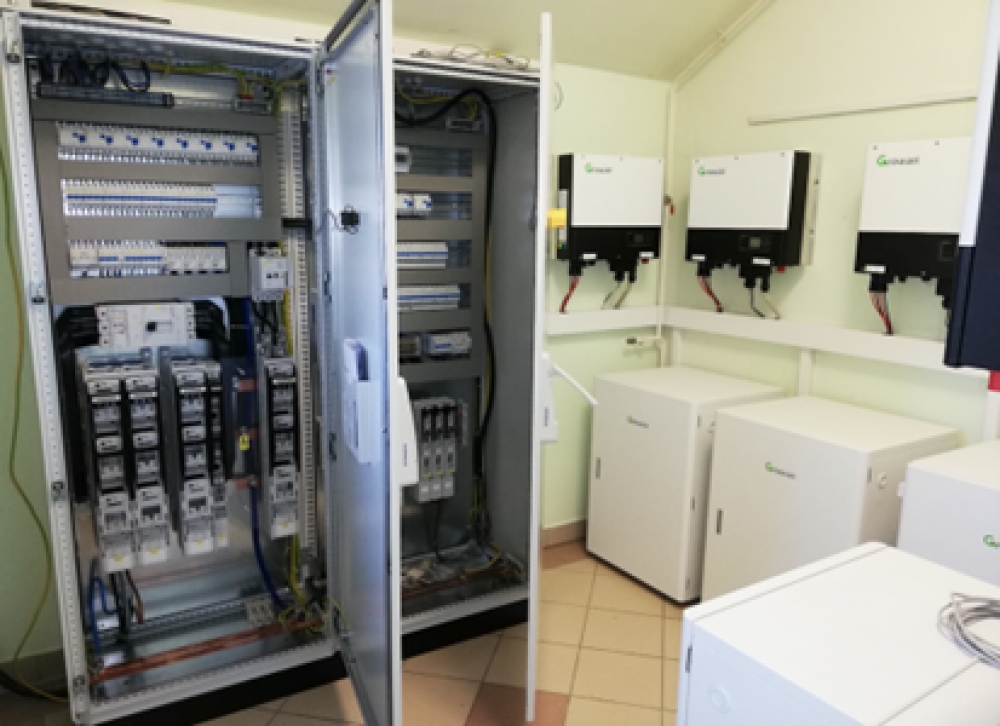
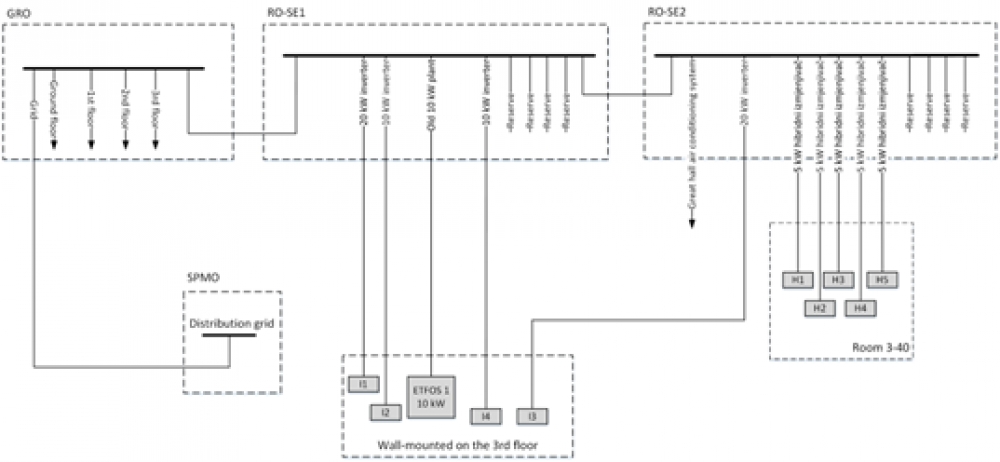
Figure 2 FERIT 1 95 kW smart microgrid and FERIT 2 40 kW PV power plant

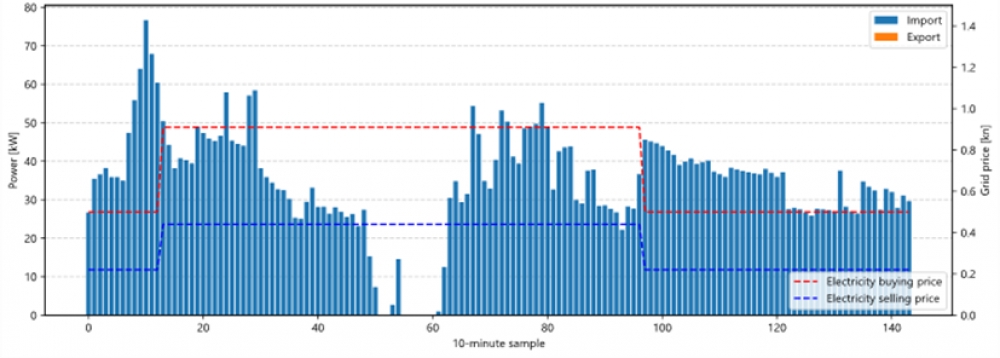
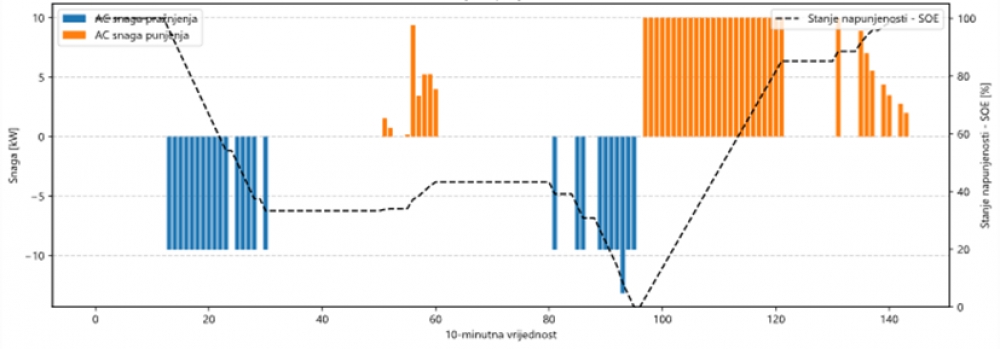
Figure 3 Smart buiding energy management system (BEMS)
Technical solution: Data acquisition system for photovoltaics performance
Project title: Online measurement database in the Laboratory for renewable energy sources
The online measurement database developed in the Laboratory for renewable energy sources continuously measures electrical performance of PV technologies and meteorological parameters at the test site. The system measures, processes and stores measurements for long-term performance analysis of photovoltaics. The measurement data acquisition system consists of three main parts: 5 PV module technologies ( monocrystalline silicon, polycrystalline silicon, amorphous silicon, copper indium selenide - CIS, heterojunction with intrinsic layer - HIT), 10 kWp PV system (2 PV technologies), data acquisition system of meteorological parameters at the test site.
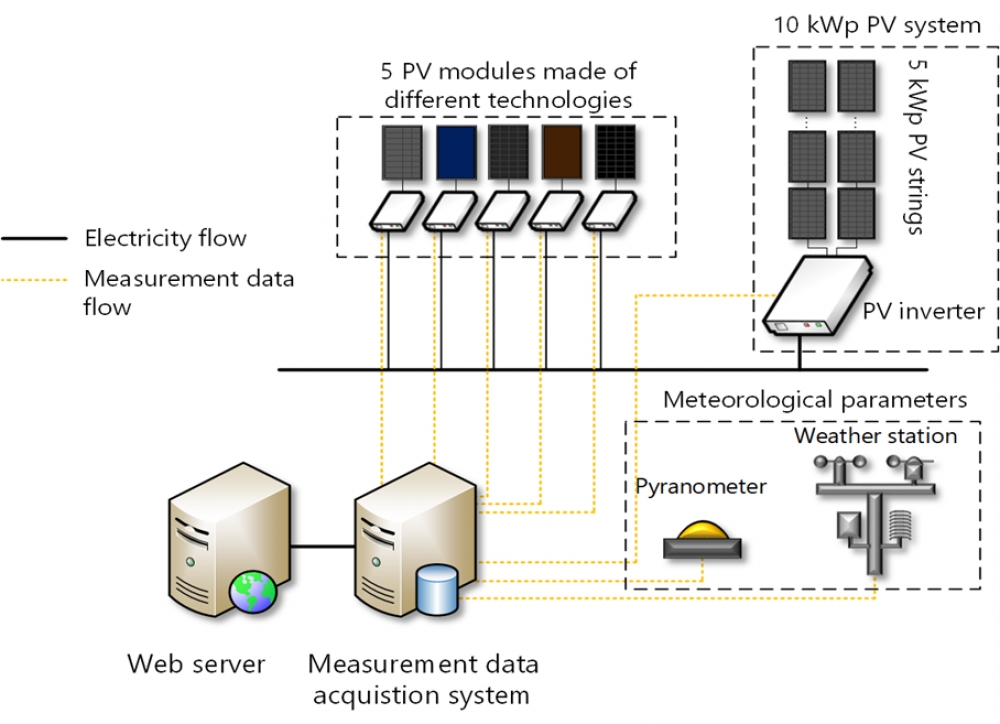
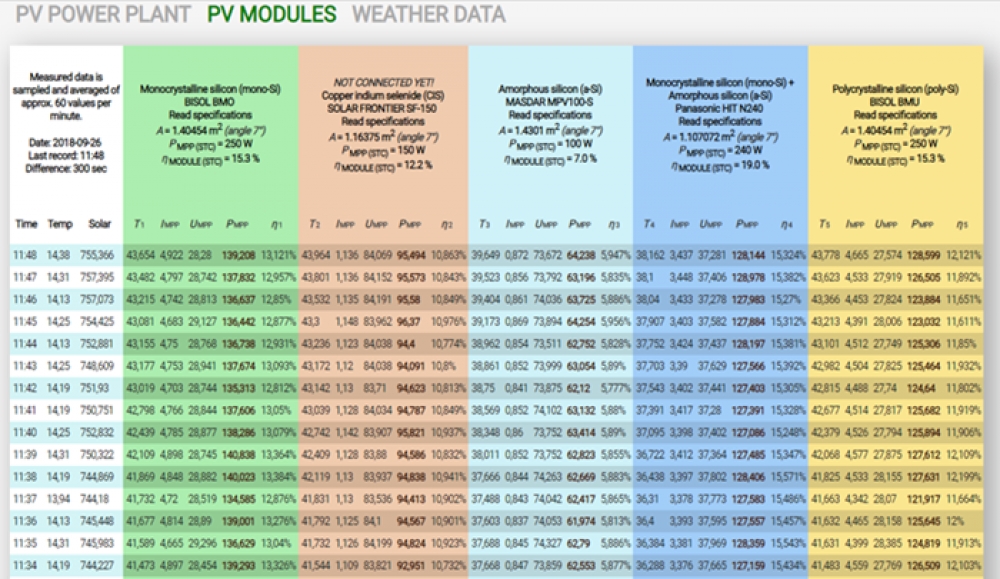
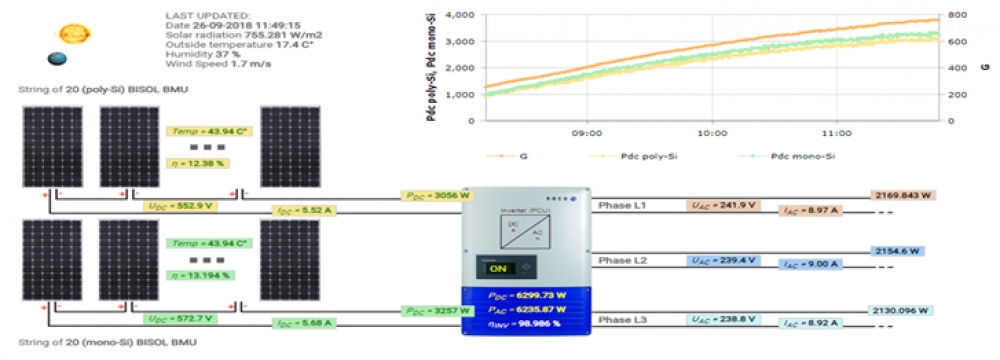
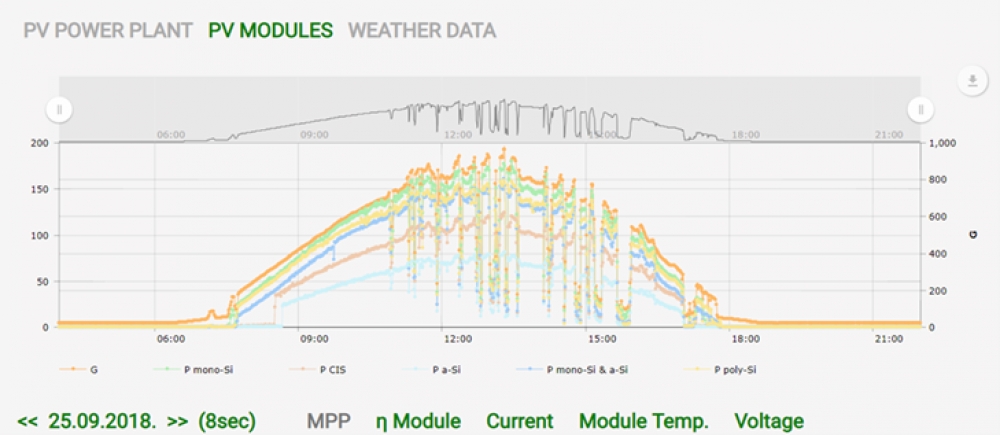
Figure 4 Data acquisition system for photovoltaics performance
Technical solution: Sizing of the off-grid PV systems
Project title: Renewable energy source and energy efficiency in the function of rural development (RuRES)
A small-scale fully-monitored and controllable off-grid and hybrid DC, AC and DC/AC PV-based microgrids equipped with battery energy storage as well as the HIL simulator for off-grid and hybrid PV-based microgrids has been developed within the RuRES project. This solution provides methods and models for determining the optimal size of off-grid PV microgrids.
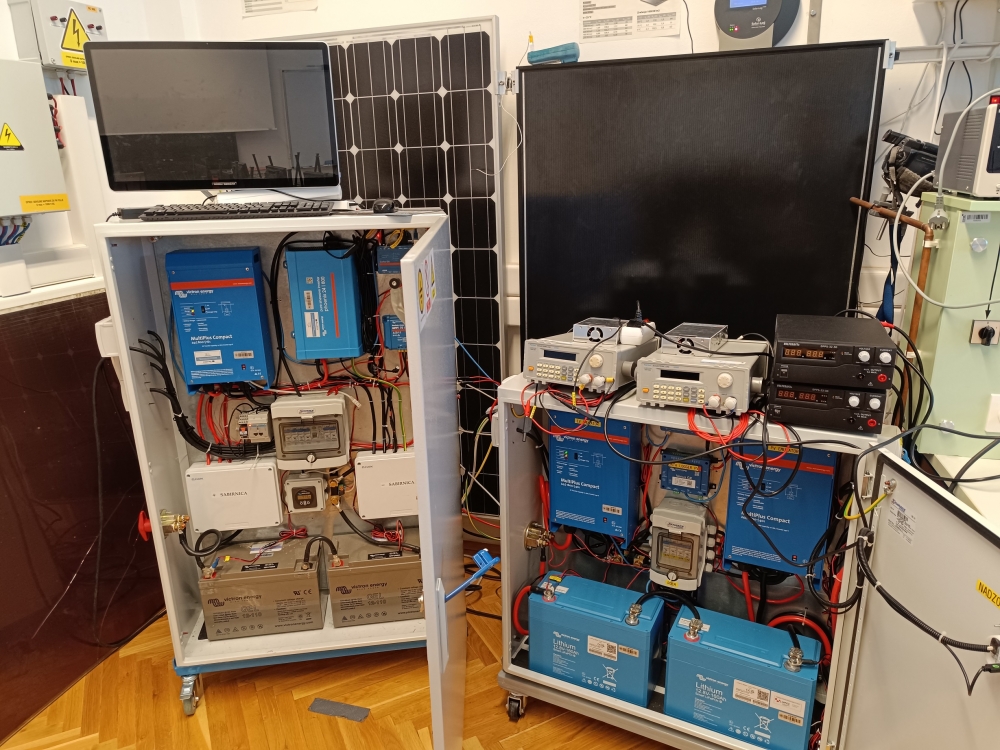
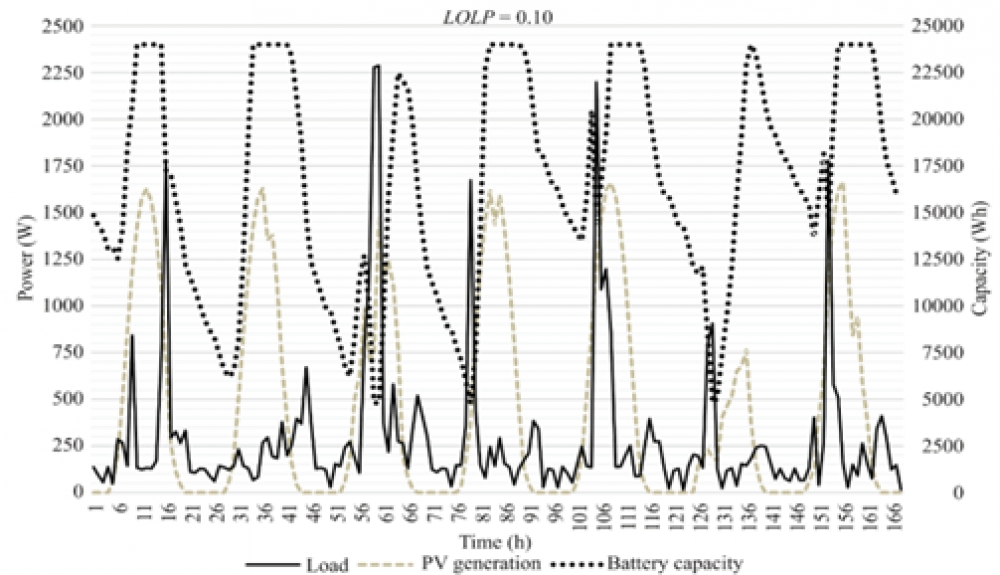
Figure 5 Small off-grid and hybrid DC, AC and DC/AC PV-based microgrids
Technical solution: Technical assistance regarding energy efficiency
Designing Sustainable Energy Action Plan (SEAP) and energy consumption balance for the needs of industry, local self-government and private users, energy examinations and reviews, conducting analysis and energy efficiency studies, and issuing energy certificates in civil engineering, planning. Planning, designing and providing technical assistance regarding energy efficiency.
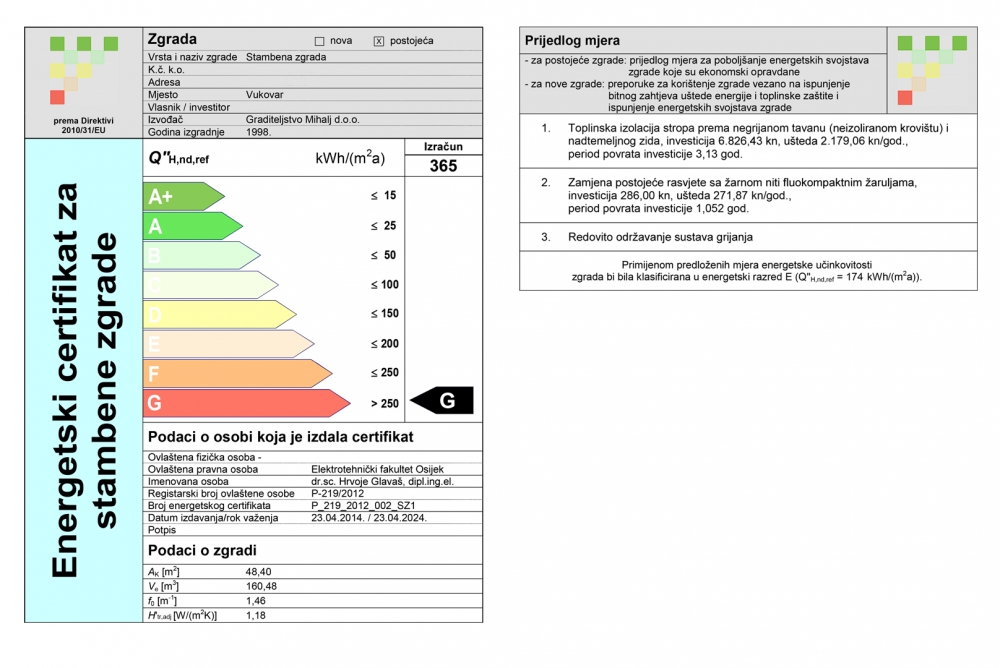
Figure 6 Energy certificate for residential buildings
Technical solution: Methods for integration of charging stations for EV into the public lighting grid
Project title: Integration of electric vehicle charging stations into the microgrid through the system of public lighting grid
This solution provides methods for integrating electric vehicle charging stations into the public lighting system, integrating PV systems and controlling the entire microgrid system during electric vehicle charging.
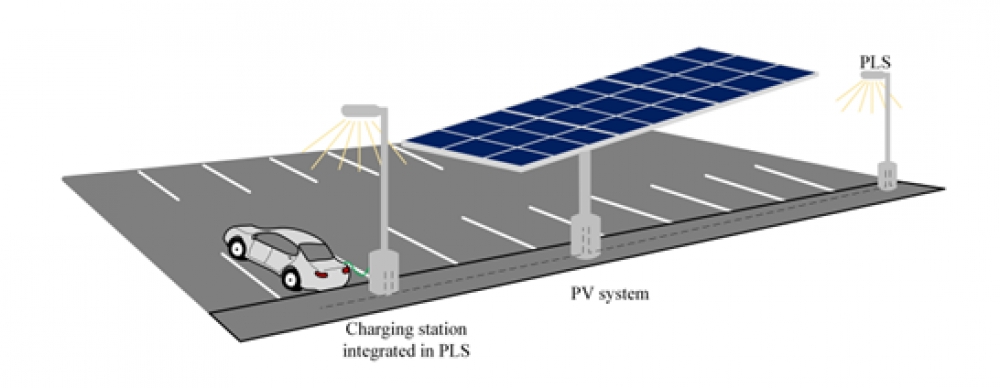
Figure 7 Integration of charging stations for EV into the public lighting grid
Technical solution: Temperature control concept for parallel IGBT operations
Project title: Connected stationary battery energy storage (USBSE)
This solution addresses the concept of load balancing in the operation of parallel insulated gate bipolar transistors (IGBTs) where the temperature is used as the main control parameter. In parallel IGBT operation, it is essential to ensure uniform load distribution across all IGBTs. Two basic algorithm concepts for temperature control were developed for the purpose of balancing. A test model based on parallel IGBTs operation was assembled in a laboratory and the developed algorithms were tested for the chosen parameters.
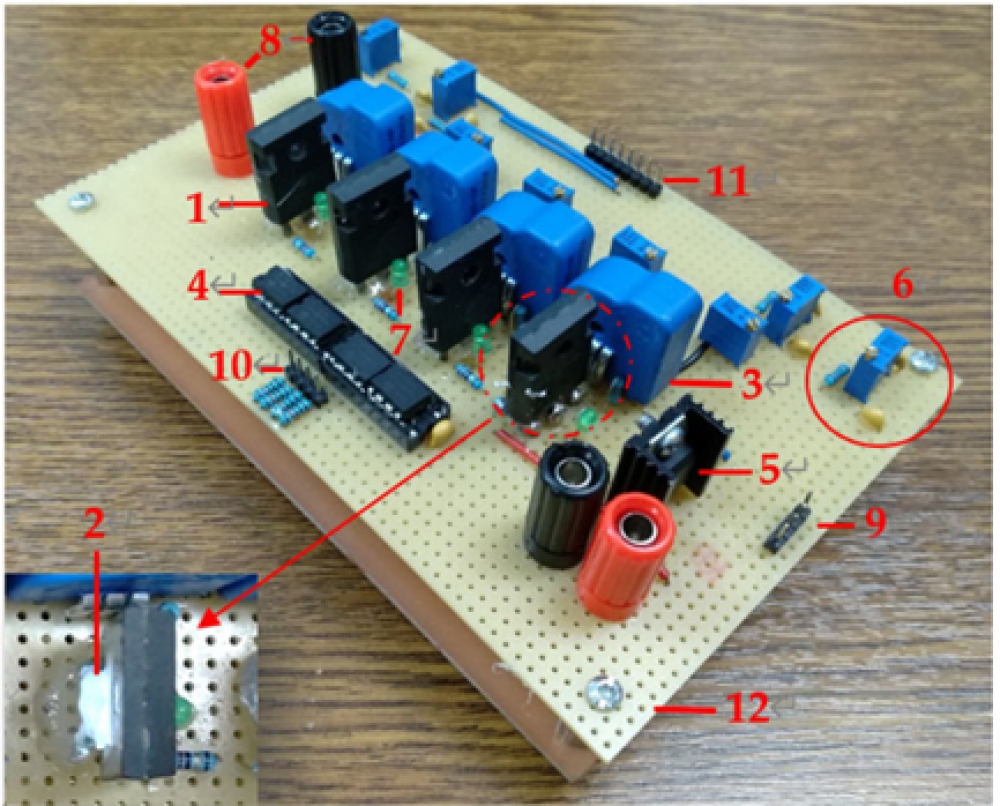
Figure 8 Temperature control concept for parallel IGBT operations
